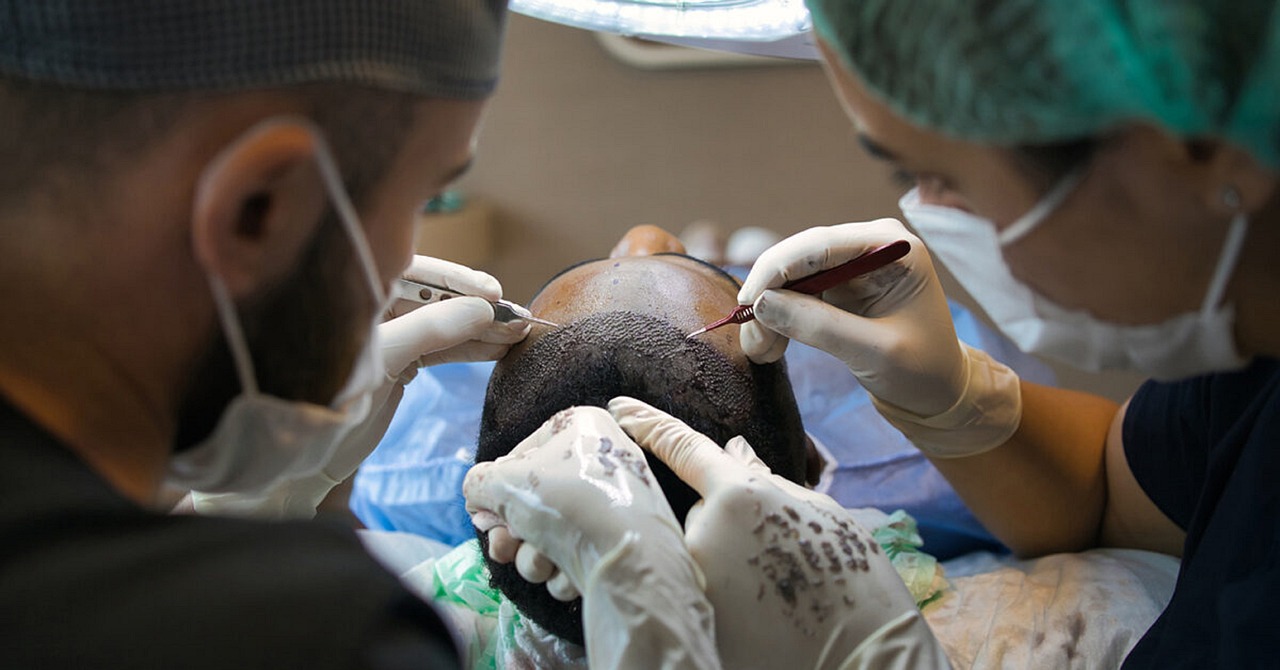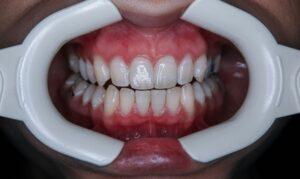Hair transplantation is a common solution for both men and women experiencing hair loss, but there are significant differences in how these procedures are approached and executed for each gender. The variations stem from differences in hair loss patterns, hair characteristics, hormonal influences, and aesthetic goals. Understanding these distinctions can help men and women better prepare for the procedure and achieve optimal results tailored to their specific needs.
In this article, we’ll explore the key differences between male and female hair transplantation, focusing on hair loss patterns, surgical techniques, and recovery expectations.
1. Differences in Hair Loss Patterns
Male Pattern Baldness
Male pattern baldness (androgenetic alopecia) follows a distinct, recognizable pattern of hair loss, which typically begins with a receding hairline or thinning at the crown. Over time, this can lead to extensive balding on the top of the head, while the hair on the sides and back remains relatively unaffected. This pattern is due to the fact that the hair on the sides and back of the scalp is genetically resistant to dihydrotestosterone (DHT), the hormone responsible for male pattern baldness.
Because male hair loss is more localized to the front and crown, hair transplants for men often focus on restoring these areas. The donor area, typically located at the back or sides of the scalp, provides healthy hair follicles that are resistant to DHT, making the transplanted hair more likely to last long-term.
Female Pattern Hair Loss
In women, hair loss tends to follow a different pattern. Female pattern hair loss usually involves diffuse thinning across the entire scalp, rather than isolated bald spots. This thinning can affect both the top of the head and the sides, which complicates the transplantation process. Women rarely experience a receding hairline or complete baldness like men do; instead, their hair loss is more generalized, often leading to a reduction in hair density rather than noticeable bald patches.
Because the thinning is widespread and can affect the entire scalp, including potential donor areas, the availability of strong, healthy donor hair is more limited in women. Female hair transplants often focus on increasing overall hair density rather than restoring isolated bald areas, as is the case in men.
2. Hormonal Influences on Hair Loss
DHT and Testosterone in Men
In men, the primary cause of hair loss is the hormone dihydrotestosterone (DHT), which is derived from testosterone. DHT binds to hair follicles and shrinks them, leading to gradual hair thinning and eventual hair loss in genetically predisposed individuals. Male hair transplants are typically designed to combat this hormone-driven pattern of hair loss, using DHT-resistant follicles from the sides and back of the scalp to restore areas of thinning or balding.
Because the donor hair is genetically resistant to DHT, men who undergo hair transplantation can often achieve long-lasting results, as the transplanted hair is not affected by the same hormonal factors that caused the original hair loss.
Hormonal Changes in Women
Hair loss in women is often influenced by a combination of genetic, hormonal, and environmental factors. While androgens like DHT play a role in female pattern hair loss, other hormonal changes—such as those related to pregnancy, menopause, or thyroid imbalances—can also contribute to thinning hair. For example, estrogen levels drop during menopause, leading to changes in hair density.
In female hair transplantation, hormonal imbalances or fluctuations must be carefully considered. Addressing any underlying hormonal causes of hair loss is essential for successful results, as these factors may continue to affect hair growth even after transplantation.
3. Surgical Approach and Techniques
Donor Area Considerations
In male hair transplants, the donor area—typically located on the back and sides of the scalp—remains unaffected by androgenetic alopecia, providing a reliable source of healthy, DHT-resistant hair. These donor hairs are harvested and transplanted to areas of thinning or balding on the front and top of the head. Men typically have a robust donor area, which makes the hair transplant process relatively straightforward.
In contrast, women may have thinning hair across the entire scalp, including the donor areas, which can complicate the selection of healthy grafts. In female patients, the surgeon must carefully identify and extract the healthiest hair follicles from areas where the density remains relatively high, even if these areas are less extensive than in male patients. Because of this, female hair transplants may require a more detailed evaluation and careful harvesting to ensure that the transplanted hair will provide adequate coverage and long-term success.
Hairline Design
Men and women have different aesthetic goals when it comes to hair transplantation, particularly with respect to the hairline. In male patients, the hairline often recedes, and part of the transplant process involves recreating a more youthful, natural-looking hairline. The hairline for men tends to be straighter and more defined, and the goal is often to restore the frontal hairline to a natural position that matches the patient’s age and facial structure.
In women, the hairline is less likely to recede, but some women may experience hairline thinning or widening of the part. Female hair transplants often focus on filling in these thinning areas to create a fuller, more natural look. Additionally, the female hairline is typically softer, rounded, and less defined than a male hairline, and the surgical approach must account for these differences to achieve aesthetically pleasing results.
Follicle Extraction Methods
Both men and women can undergo hair transplants using the two primary techniques: Follicular Unit Extraction (FUE) and Follicular Unit Transplantation (FUT). The choice of method depends on the patient’s specific hair loss pattern and aesthetic goals, but there are slight differences in how these methods are applied to men and women.
- FUE: In FUE, individual hair follicles are extracted from the donor area and transplanted to the thinning or balding areas. This method is often preferred for men because it leaves minimal scarring and allows for a shorter recovery period. FUE can also be beneficial for women, especially if they wear their hair long, as it avoids the linear scar associated with FUT.
- FUT: In FUT, a strip of scalp is removed from the donor area, and individual follicular units are harvested and transplanted. FUT may be more suitable for men who need a large number of grafts because it allows for more follicles to be harvested in a single session. In women, FUT can be an option if they have enough healthy donor hair, but the choice between FUE and FUT will depend on the extent of their hair thinning and their aesthetic preferences.
4. Recovery and Expectations
Recovery Differences
The recovery process for men and women undergoing hair transplantation is largely similar, but women may experience slightly different expectations when it comes to how long it takes for their hair to grow back. Both men and women will go through an initial shedding phase (shock loss) where the transplanted hair falls out before regrowth begins. This phase typically lasts a few weeks, and new hair begins to grow in about 3-6 months, with full results visible after 12-18 months.
For men, the goal is often a more defined, fuller hairline and coverage of the crown, while women typically seek more overall density across the scalp. Because women’s hair loss is usually more diffuse, it can take longer for the full results to become apparent, and expectations should be managed accordingly.
Long-Term Results
For both men and women, the success of hair transplantation largely depends on the quality of the donor hair and the skill of the surgeon. In men, the transplanted hair is typically permanent because it comes from areas resistant to hair loss. However, in women, the success may vary depending on the underlying causes of hair loss, hormonal factors, and the quality of the donor hair.
Women are also more likely than men to require additional treatments post-transplant, such as hormone therapy or medication (like minoxidil), to maintain the results and prevent further thinning in non-transplanted areas. Addressing the root causes of hair loss in women is essential for achieving long-term success.
Conclusion
While both men and women can benefit from hair transplantation, the approach, goals, and outcomes of the procedure differ significantly between the genders. Men typically experience more localized hair loss and have more reliable donor areas, making the transplantation process more straightforward. In contrast, women tend to have diffuse thinning across the scalp, requiring a more meticulous approach to graft selection and placement.
Additionally, hormonal influences, hairline design, and aesthetic goals vary between men and women, making it important for both genders to consult with a qualified surgeon who understands these differences. With the right approach, both men and women can achieve natural-looking, long-lasting results from hair transplantation that improve hair density and restore confidence.




